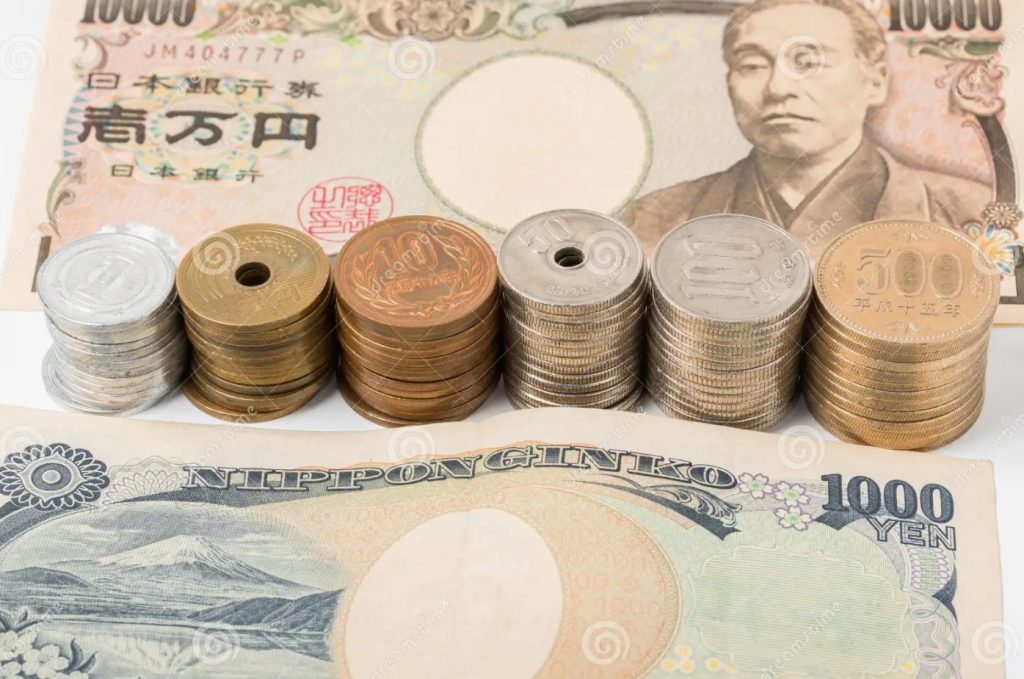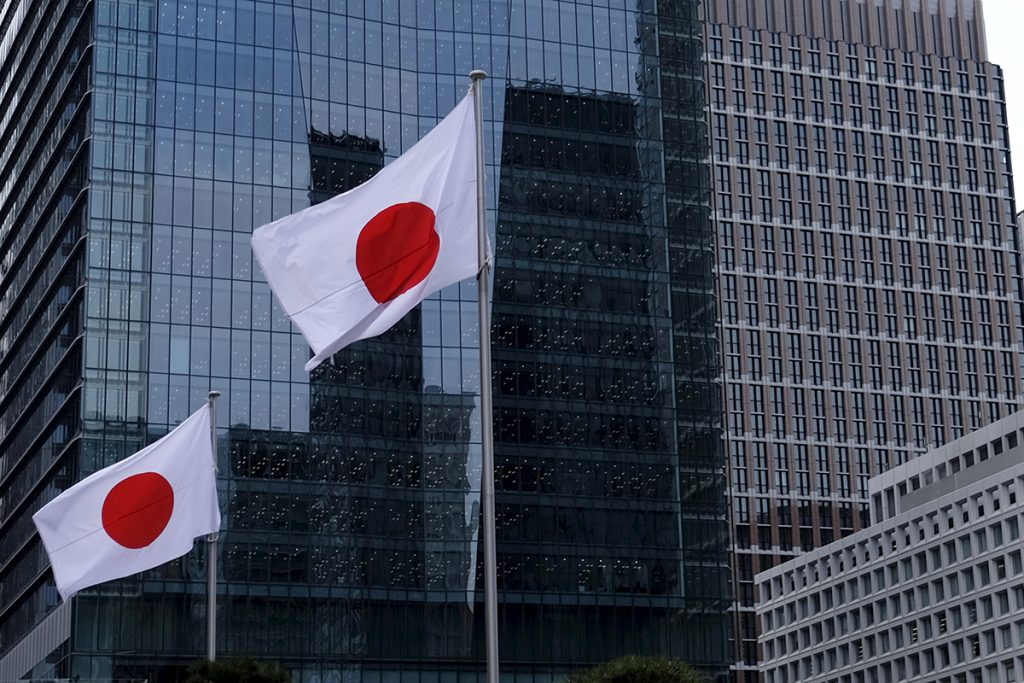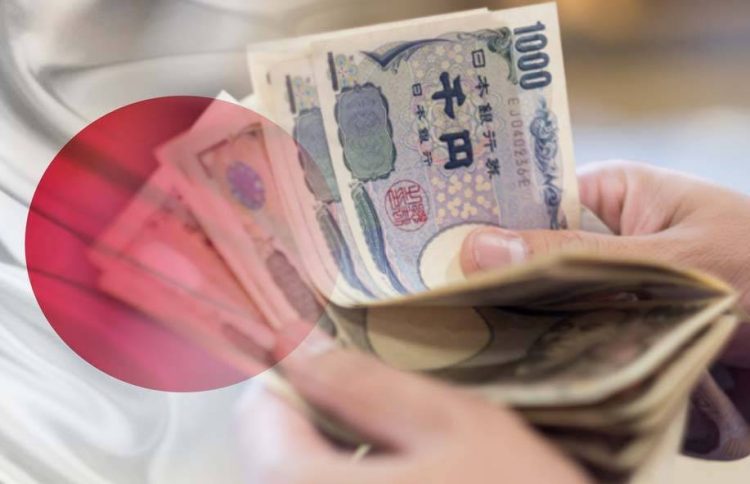[A number of data point to the Japanese government’s intervention in the foreign exchange market after the “5 trillion” still depends on the United States] With the release of detailed trading data on Tuesday, the fact that the Japanese government intervened in the foreign exchange market on Monday was further confirmed. At the same time, doubts about the effectiveness of the intervention are growing.
Monday’s intervention in the currency markets was further confirmed with the release of detailed trading data on Tuesday. At the same time, doubts about the effectiveness of the intervention are growing.
As a backdrop, the dollar-yen exchange rate briefly broke through the 160 mark near noon in Tokyo on Monday before falling sharply to below the 155 mark by 1pm. For a major currency like the yen, a 3% swing in a single day is very rare and usually means something “big is happening.”
In terms of the effect of intervention, after dragging out a long upward and downward line on Monday, the yen exchange rate fell below the 157 mark on Tuesday, continuing to stand at its lowest level in nearly 34 years, and has depreciated nearly 12% year-to-date.
“5 trillion” level intervention

According to the Bank of Japan’s updated current account balance data on Tuesday, 7.56 trillion yen ($48.2 billion or 347.4 billion yuan) of liquidity will be drained from the financial system on May 1 due to “transactions with government departments.” Financial transactions are usually settled within two days, so this figure reflects trades made on a Monday.
Last week, money brokers predicted a liquidity drain of nearly 2 trillion yen on May 1. The forecast missed the actual number by as much as $5.5 trillion, indicating unexpected transactions such as money market intervention. The move was widely expected to be a move by the finance ministry to prevent a sharp depreciation of the yen when Japan is on holiday on Monday.
CME, the world’s largest foreign exchange market, also disclosed on Tuesday that more than $77bn of dollar-yen currency pairs were traded on its EBS platform on Monday, double the $31bn on Friday. Of that, $63.7 billion occurred during a period when the yen surged.
Mato Kanda, the deputy finance minister in charge of foreign exchange, continued to “decline to comment” on the currency intervention on Monday, but he also stressed to reporters that “the damage caused by sharp fluctuations in the exchange rate due to speculative activities is beyond our tolerance.”
Japan’s Ministry of Finance and central bank have always wanted to hide their intentions to intervene in the market as much as possible, aiming to make a surprise “attack” on speculative traders for the best effect. Coincidentally, the Ministry of Finance releases data on money market intervention every month, but monthly operational data for the period from April 26 to May 29 will not be released until May 31. The daily trading details are published quarterly.
For Japan, secrecy is also a necessary strategy for currency intervention. The country’s ability to intervene in markets depends on its dollar reserves, which stood at $1.3 trillion at the end of March. Therefore, if a very large amount of foreign reserves are spent to intervene in the market, it will also be negative for the yen.

Next… It still depends on the United States
For the Japanese market, assuming Monday’s intervention does cost a whopping Y5.5 trillion, it may not be good. For comparison, in the last intervention between September and October 2022, the Ministry of Finance spent a total of 9.2 trillion yen in three operations.
As it stands, the intervention does buy the boj some breathing space, but the yen’s near 34-year lows suggest that significant depreciation pressures remain.
‘Assuming this was an intervention, I don’t think it was very effective, so the next one should be stronger,’ said Shoki Omori, chief trading desk strategist at Mizuho Securities.
Alvin Tan, head of Asian FX strategy at RBC Capital Markets in Singapore, also pointed out in a research note that Japan’s unilateral intervention failed to prevent the dollar from rising against the yen in September-to-October 2022. In the current situation, whether the yen exchange rate can make a decisive turn still depends on US interest rates.




































